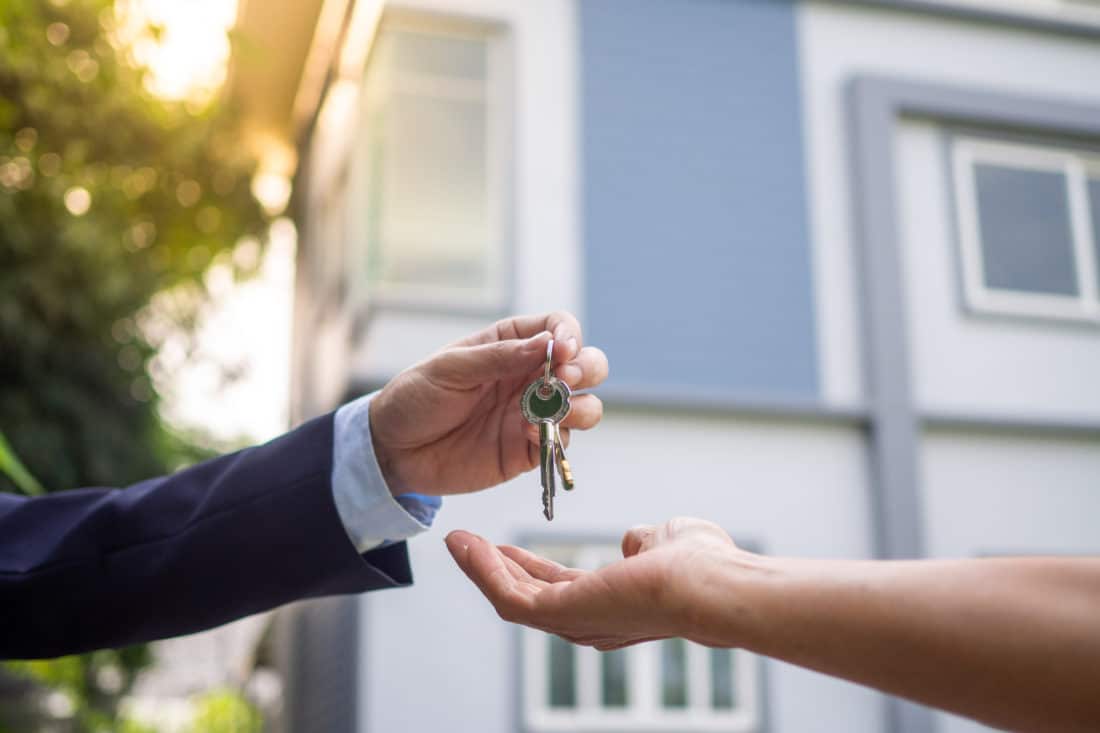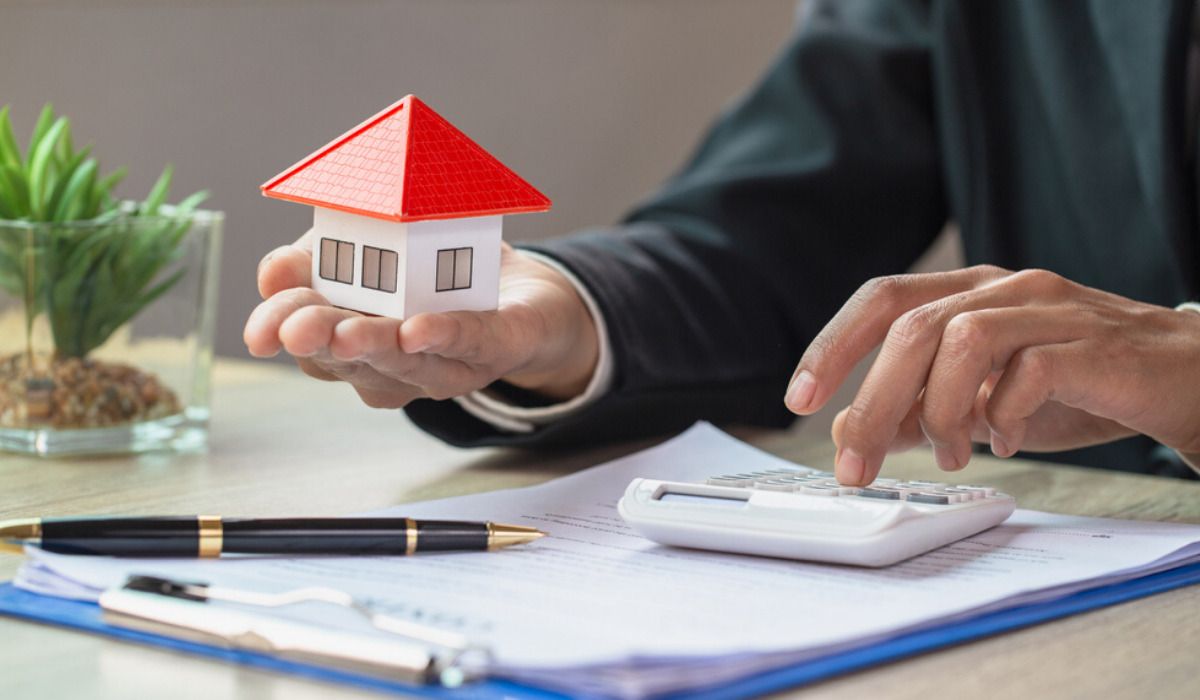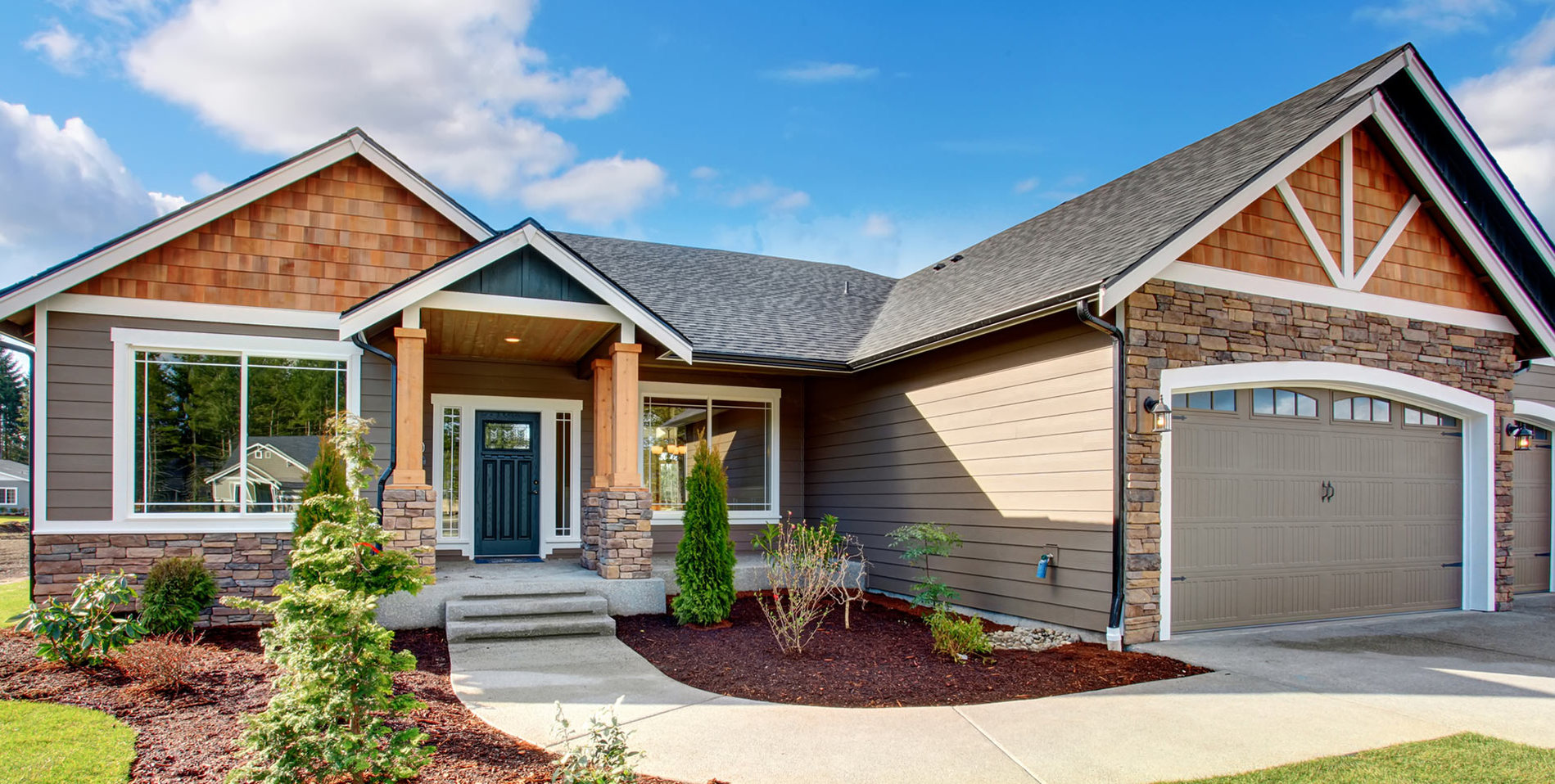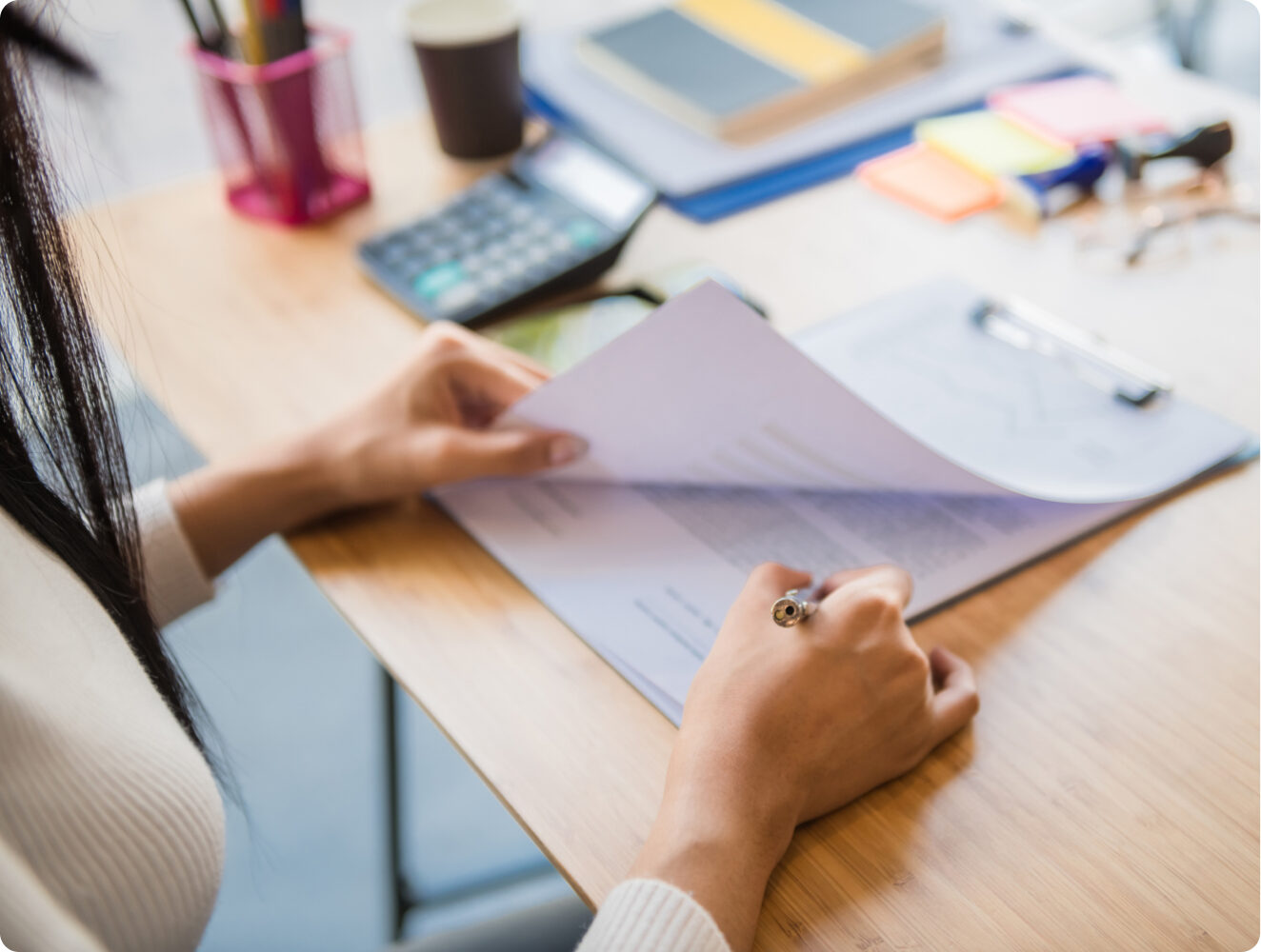Purchasing your first home is a significant milestone, but it can also be a daunting experience, especially in the dynamic and sometimes unpredictable Australian property market. With careful planning, research, and understanding of the process, you can turn your dream of homeownership into reality. This guide will help you navigate the complexities of buying your first home in Australia.
-
Understanding the Market
Australia’s real estate market is diverse and can vary significantly from one region to another. The property market in cities like Sydney and Melbourne is typically more competitive and expensive compared to regional areas. Understanding market trends, including property prices, demand, and interest rates, is crucial. Research suburbs that fit your lifestyle and budget, keeping an eye on factors like future growth potential, amenities, and public transport options.
-
Setting a Realistic Budget
Before you start house hunting, it’s essential to know how much you can afford. This involves a careful analysis of your financial situation, including your income, savings, existing debts, and ongoing expenses. Most financial advisors suggest that your mortgage repayments should not exceed 30% of your gross monthly income. Additionally, don’t forget to factor in extra costs like stamp duty, legal fees, and moving costs. You can use online calculators to get an estimate of how much you can borrow and what your repayments might look like.

-
Saving for a Deposit
In Australia, a 20% deposit on the purchase price of the property is generally required to avoid paying Lenders Mortgage Insurance (LMI). However, many lenders offer loans with a lower deposit, sometimes as low as 5%. The downside is that if your deposit is less than 20%, you may need to pay LMI, which protects the lender in case you default on the loan. Setting up a regular savings plan and taking advantage of government schemes like the First Home Super Saver Scheme (FHSSS) can help you reach your deposit goal faster.
-
Understanding Government Incentives
The Australian government offers several incentives to assist first-time home buyers. The First Home Owner Grant (FHOG) is a one-time grant available to eligible first-home buyers purchasing a newly built home. The amount varies by state and territory. Additionally, the First Home Loan Deposit Scheme (FHLDS) allows eligible buyers to purchase a home with a deposit as low as 5%, without needing to pay LMI. Be sure to check the specific eligibility criteria and benefits available in your region.
-
Getting Pre-Approval
Once you have your deposit saved and a budget in mind, it’s time to seek pre-approval for a home loan. Pre-approval gives you a clear idea of how much you can borrow and demonstrates to sellers that you are a serious buyer. This involves submitting financial documents to your chosen lender, who will assess your borrowing capacity. Remember that pre-approval is not a guarantee of a loan, but it’s a critical step in the home-buying process.
-
House Hunting
With pre-approval in hand, you can start your search. Consider working with a real estate agent, especially if you’re unfamiliar with the area. They can provide valuable insights and access to properties that might not be listed online. When inspecting properties, be thorough. Look beyond the aesthetics and consider the structure, layout, and potential for renovations. It’s also wise to attend multiple inspections to get a feel for what’s available in your price range.
-
Making an Offer
Once you’ve found your ideal home, the next step is to make an offer. This can be a nerve-wracking process, especially in a competitive market. Your offer should be based on comparable sales in the area and your budget. You can either make a conditional offer (subject to finance, building inspection, etc.) or an unconditional offer. It’s often advisable to seek the advice of a solicitor or conveyancer before submitting your offer to ensure all legal aspects are covered.
-
Finalizing the Purchase
If your offer is accepted, you’ll enter into a contract of sale. This is when a solicitor or conveyancer becomes indispensable. They will review the contract, conduct property searches, and manage the settlement process. During the settlement period, which typically lasts 30 to 90 days, your lender will finalize your loan, and you will pay the remaining deposit. Once all conditions are met and funds are transferred, you’ll receive the keys to your new home!

-
Preparing for Moving Day
Before moving in, consider having the property professionally cleaned, and any urgent repairs or renovations completed. It’s also a good time to set up utilities, internet, and home insurance. Finally, create a moving plan to ensure a smooth transition into your new home. Don’t forget to notify relevant authorities of your change of address.
-
Beyond the Purchase
Homeownership is a long-term commitment, so it’s essential to maintain your property and keep up with mortgage repayments. Regular maintenance will not only make your home more comfortable but also protect its value. Additionally, keep an eye on interest rates and consider refinancing your mortgage if you find a better deal.
Buying your first home in Australia is a journey filled with excitement and challenges. By understanding the market, setting a realistic budget, and taking advantage of government incentives, you can navigate the process with confidence. With careful planning and the right support, you’ll soon be unlocking the door to your very own home. Happy house hunting!











 Buying a home is not just a short-term decision; it impacts your long-term financial health. Financial planners help you:
Buying a home is not just a short-term decision; it impacts your long-term financial health. Financial planners help you:

 Research and Due Diligence: Thoroughly research the market, property values, and local regulations. Due diligence helps in making informed decisions and mitigating risks.
Research and Due Diligence: Thoroughly research the market, property values, and local regulations. Due diligence helps in making informed decisions and mitigating risks.
 Settlement is the final step in the real estate transaction. This is when the property officially changes hands. Both parties need to ensure that all conditions of the contract are met, and the transaction is executed smoothly. Your conveyancer or solicitor will play a key role in this process, coordinating with the buyer, seller, and financial institutions.
Settlement is the final step in the real estate transaction. This is when the property officially changes hands. Both parties need to ensure that all conditions of the contract are met, and the transaction is executed smoothly. Your conveyancer or solicitor will play a key role in this process, coordinating with the buyer, seller, and financial institutions. Before diving into the real estate market, take a close look at your current financial situation. Assess your income, savings, debts, and expenses. This will give you a clear picture of how much you can afford to invest in property without overextending yourself.
Before diving into the real estate market, take a close look at your current financial situation. Assess your income, savings, debts, and expenses. This will give you a clear picture of how much you can afford to invest in property without overextending yourself.
 Ultimately, professionalism in real estate contributes to a positive and seamless experience for clients. From initial consultation to final transaction, a professional approach ensures that every step is handled with care and expertise. This not only helps in achieving desirable outcomes but also in building long-term relationships and fostering client satisfaction.
Ultimately, professionalism in real estate contributes to a positive and seamless experience for clients. From initial consultation to final transaction, a professional approach ensures that every step is handled with care and expertise. This not only helps in achieving desirable outcomes but also in building long-term relationships and fostering client satisfaction. Overview: The buy and hold strategy involves purchasing a property and holding onto it over the long term, allowing its value to appreciate. This strategy is favored by investors seeking capital growth, with the aim of selling the property at a higher price in the future.
Overview: The buy and hold strategy involves purchasing a property and holding onto it over the long term, allowing its value to appreciate. This strategy is favored by investors seeking capital growth, with the aim of selling the property at a higher price in the future.


 buyer’s agent provides unbiased advice throughout the buying process. Unlike real estate agents who represent sellers, buyer’s agents are focused solely on the best interests of the buyer. They offer honest assessments of properties and can help clients avoid emotional decisions that may not align with their financial goals.
buyer’s agent provides unbiased advice throughout the buying process. Unlike real estate agents who represent sellers, buyer’s agents are focused solely on the best interests of the buyer. They offer honest assessments of properties and can help clients avoid emotional decisions that may not align with their financial goals.